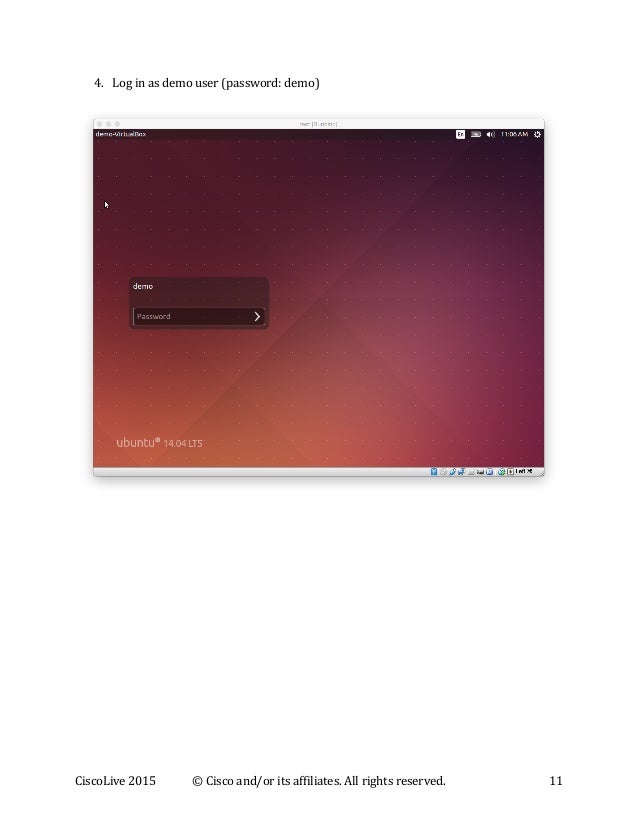

In the following articles, we will create more advanced features. This is basically it! We have created a working WordPress theme. If we convert some HTML template, that already exists, style.css is the perfect place to paste our CSS code. There are more data that we can put in style.css, but we will tackle that some other time.Īfter the comment, we can put any styles we want. The only mandatory line is Theme Name, everything else is optional. This information is used by WordPress in order to recognize themes and get some information about them. For a WordPress theme, style.css is crucial because it holds the theme’s name, which is required in order for the theme to be recognized and activated.Īs shown in the example above in the first few lines there is a comment with several lines that holds some information. When we are using WP, style.css means more than simple styling. Normally CSS files are used for styling our content. When we are done with HTML we use get_footer() function that includes our footer and runs some more stuff in between.
Why? Because get_header does a lot more job than just including a file.Īfter that, we can add any HTML we want. So instead of using include, or require, from PHP, we use get_header. It is actually a built-in WordPress function that runs our header.php that we have previously created. The first thing we see is get_header() function. But the first thing is we need to do, at least with this example that we have created here, we need to close the main tag. Plus, we need to add a closing body and html tag. Footer.php will hold everything that we have in the footer, any additional part that will be repeated across the whole website, at the bottom. Also, we will put the main tag, because it will be the element that will hold all other elements.Īfter we created header.php we can create footer.php for our WordPress theme. In our case, we will use navigation, but later we will change that navigation to the WordPress menu. If we have something, like a hero image, or jumbotron that repeats on all pages, we can insert that also. Then, we paste anything from the existing HTML template, that comes before the body tag and we include the body tag, into header.php. The first thing we will do is create header.php. NOTE: This is only a simple theme, with almost everything hardcoded, but we will improve our theme during the course of time. Later, in other articles, we will add some more files, but for now, we will only make the homepage. Our theme will have the following structure: Some may say that we need even fewer files, but let’s be nice and separate everything as it should be. Usually (read always) there are more files to a WP theme. We only need style.css and index.php, header.php, and footer.php to have a WordPress theme. Some of the places where we can create such themes are Underscores, UnderStrap, and Bones.Įvery WP theme has the same basic structure. There are out-of-the-box solutions that we can use to create a bare-bones WP theme, that only has a basic skeleton. And in future articles, we will continue to build upon that.
CONVERT RAPIDWEAVER TO WORDPRESS HOW TO
What are we gonna talk about is how to convert our HTML template to a WordPress theme. Most of the themes that are selling today come with a tone of additional stuff like builders, widgets, extensions, multiple layouts, etc. Nat is teaching us what is WordPress, what can we use it for, how can we use it, in a really nice and simple way. This course is excellent for those who want to start with WordPress.


If you want to learn more about what is WordPress you can check this awesome course Building websites with WordPress by Nat Miletic. To make such a theme we need a theme of professionals and probably several months of work. WordPress theme market is huge today and there are companies that earned millions on one theme only, like Avada theme. It is not, well maybe a clickbait a little bit, but bear with us. At the first, this heading might sound intimidating and clickbait.


 0 kommentar(er)
0 kommentar(er)
